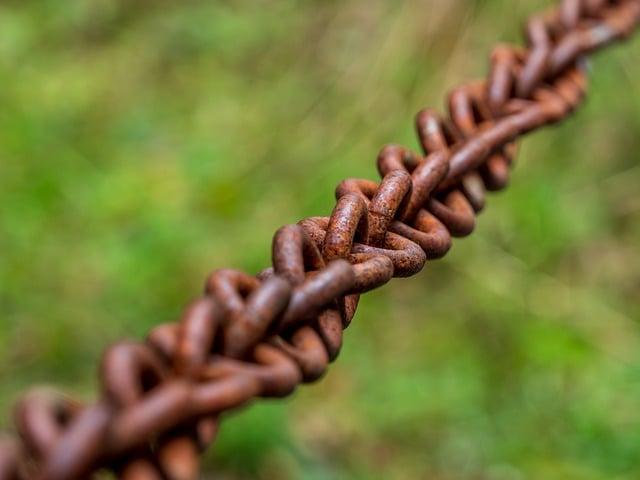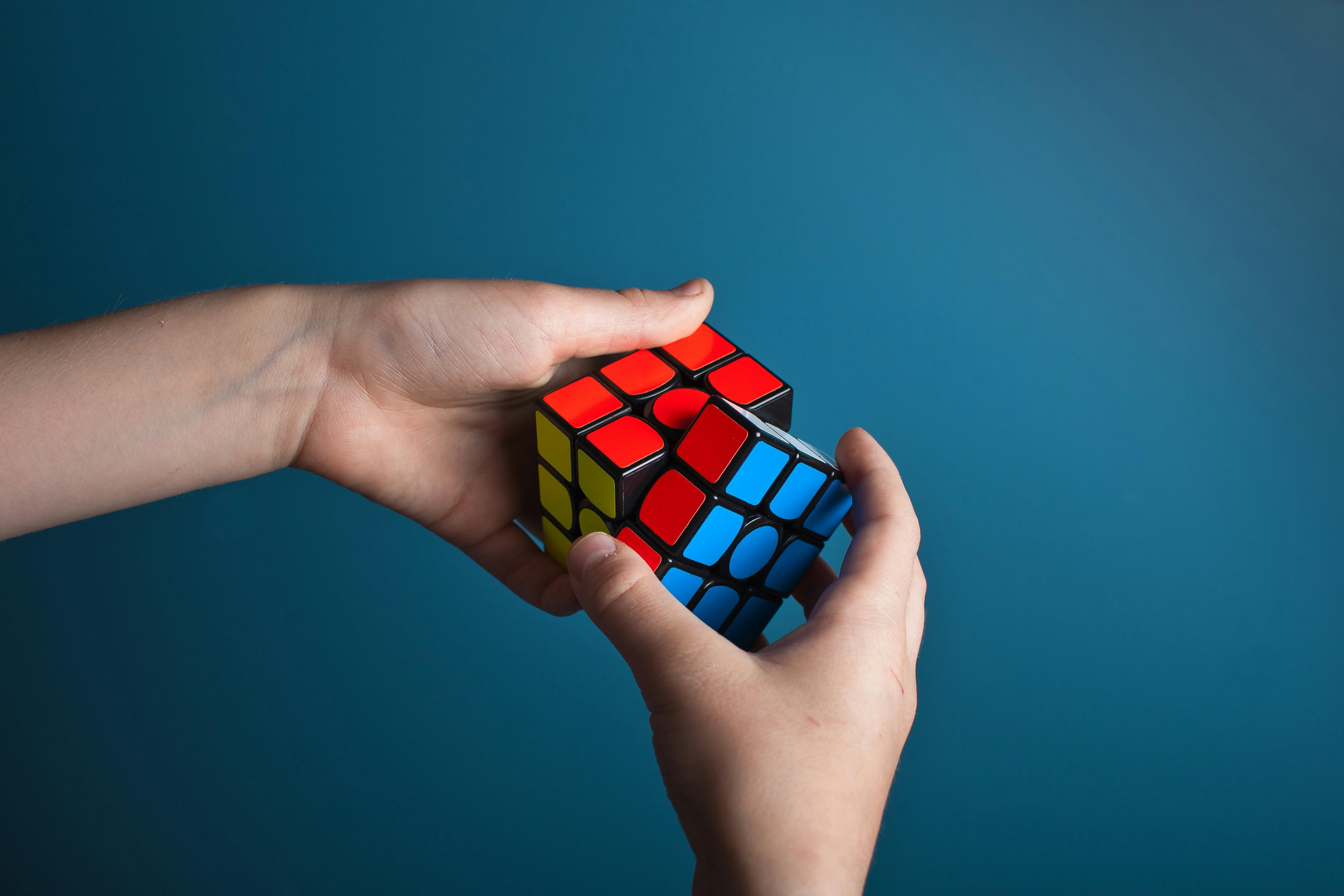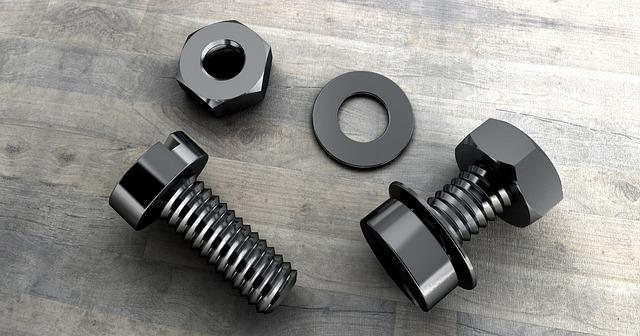In the pursuit of shedding pounds and sculpting a healthier physique, weight loss diets often become a central focus of our wellness journeys. Yet, amidst calorie counting and macronutrient balancing, a silent saboteur can lurk unnoticed—iron deficiency. This essential mineral, vital for transporting oxygen throughout the body and supporting energy production, can be easily overlooked in the quest for a slimmer waistline. As you embark on your path to a healthier you, understanding how to maintain adequate iron levels is crucial not only for sustaining your energy but also for ensuring overall well-being. This article delves into the strategies and insights needed to seamlessly integrate iron-rich foods and mindful practices into your weight loss regimen, helping you achieve your goals without compromising your health.
Balancing Nutrition and Calorie Deficit
Maintaining a proper balance between calorie deficit and nutrient intake is crucial, especially when it comes to essential minerals like iron. Iron deficiency can be a common issue in weight loss diets due to reduced food intake. To ensure you’re getting enough iron while pursuing your fitness goals, consider incorporating iron-rich foods that are also low in calories.
- Leafy Greens: Spinach, kale, and Swiss chard are excellent sources of iron and can be easily added to salads, smoothies, or stir-fries.
- Lean Proteins: Opt for lean cuts of beef, turkey, or chicken, which provide heme iron, the type most easily absorbed by the body.
- Legumes: Lentils, chickpeas, and beans not only supply iron but also offer fiber, helping to keep you full longer.
- Nuts and Seeds: Include almonds, cashews, or pumpkin seeds as a snack to boost your iron intake.
Additionally, enhance iron absorption by pairing these foods with vitamin C-rich items like citrus fruits, strawberries, or bell peppers. Remember, maintaining a nutrient-dense diet is key to a healthy and sustainable weight loss journey.

Choosing Iron-Rich Foods for Effective Weight Loss
Incorporating iron-rich foods into your weight loss plan can be both nutritious and effective. Iron plays a crucial role in transporting oxygen to your muscles, enhancing your energy levels, and improving your workout performance. To seamlessly include these foods in your diet, focus on options that are not only high in iron but also low in calories.
- Lean Meats: Opt for lean cuts of beef, chicken, or turkey. These meats are excellent sources of heme iron, which is more easily absorbed by the body.
- Seafood: Fish such as salmon, tuna, and mackerel not only provide iron but also offer heart-healthy omega-3 fatty acids.
- Legumes: Lentils, chickpeas, and beans are plant-based powerhouses packed with iron, fiber, and protein.
- Leafy Greens: Spinach, kale, and Swiss chard are excellent choices, especially when paired with a source of vitamin C to boost iron absorption.
- Nuts and Seeds: Include almonds, pumpkin seeds, and sunflower seeds for a crunchy, iron-rich snack.
To enhance iron absorption, combine these foods with vitamin C-rich options such as citrus fruits, bell peppers, or strawberries. This pairing not only maximizes your iron intake but also adds a refreshing burst of flavor to your meals.

Enhancing Iron Absorption with Smart Dietary Choices
To optimize iron intake, it’s crucial to combine iron-rich foods with those that enhance absorption. Vitamin C is a powerful ally in this quest, capable of transforming non-heme iron into a more absorbable form. Consider adding foods like citrus fruits, strawberries, and bell peppers to your meals. A simple squeeze of lemon juice over a spinach salad can work wonders. Additionally, it’s wise to avoid drinking coffee or tea with meals, as these beverages contain compounds that can inhibit iron absorption.
- Include vitamin C-rich foods: Oranges, kiwis, tomatoes.
- Opt for iron-rich plant foods: Lentils, chickpeas, tofu.
- Limit calcium intake during meals: As it competes with iron for absorption.
Pairing these foods strategically can significantly improve your body’s ability to absorb iron, helping you maintain healthy levels even while on a weight loss diet. Remember, smart dietary choices are key to preventing deficiencies and supporting overall well-being.

Monitoring Iron Levels to Maintain Optimal Health
When pursuing a weight loss journey, it’s crucial to keep an eye on your iron intake, as restrictive diets can often lead to deficiencies. Iron plays a pivotal role in producing hemoglobin, which transports oxygen in the blood. To ensure you’re maintaining adequate iron levels, consider integrating a variety of iron-rich foods into your diet. Here are some options to include:
- Lean meats: Chicken, turkey, and beef are excellent sources of heme iron, which is more easily absorbed by the body.
- Seafood: Oysters, clams, and shrimp not only offer a boost of iron but also provide other essential nutrients.
- Plant-based sources: Lentils, beans, and spinach are fantastic non-heme iron options for vegetarians and vegans.
- Nuts and seeds: Almonds, cashews, and pumpkin seeds can be a tasty and iron-rich snack.
Pairing these foods with vitamin C-rich items like oranges, strawberries, or bell peppers can enhance iron absorption. Additionally, be mindful of substances that can inhibit iron absorption, such as coffee and tea, and try to consume them between meals rather than with iron-rich foods. Monitoring your iron levels and adjusting your diet accordingly can help you maintain optimal health during your weight loss journey.

